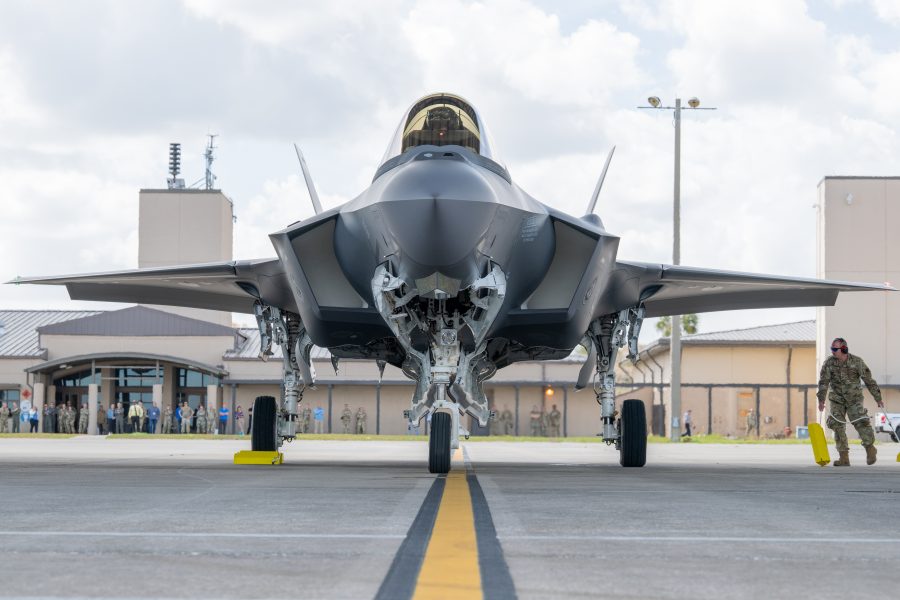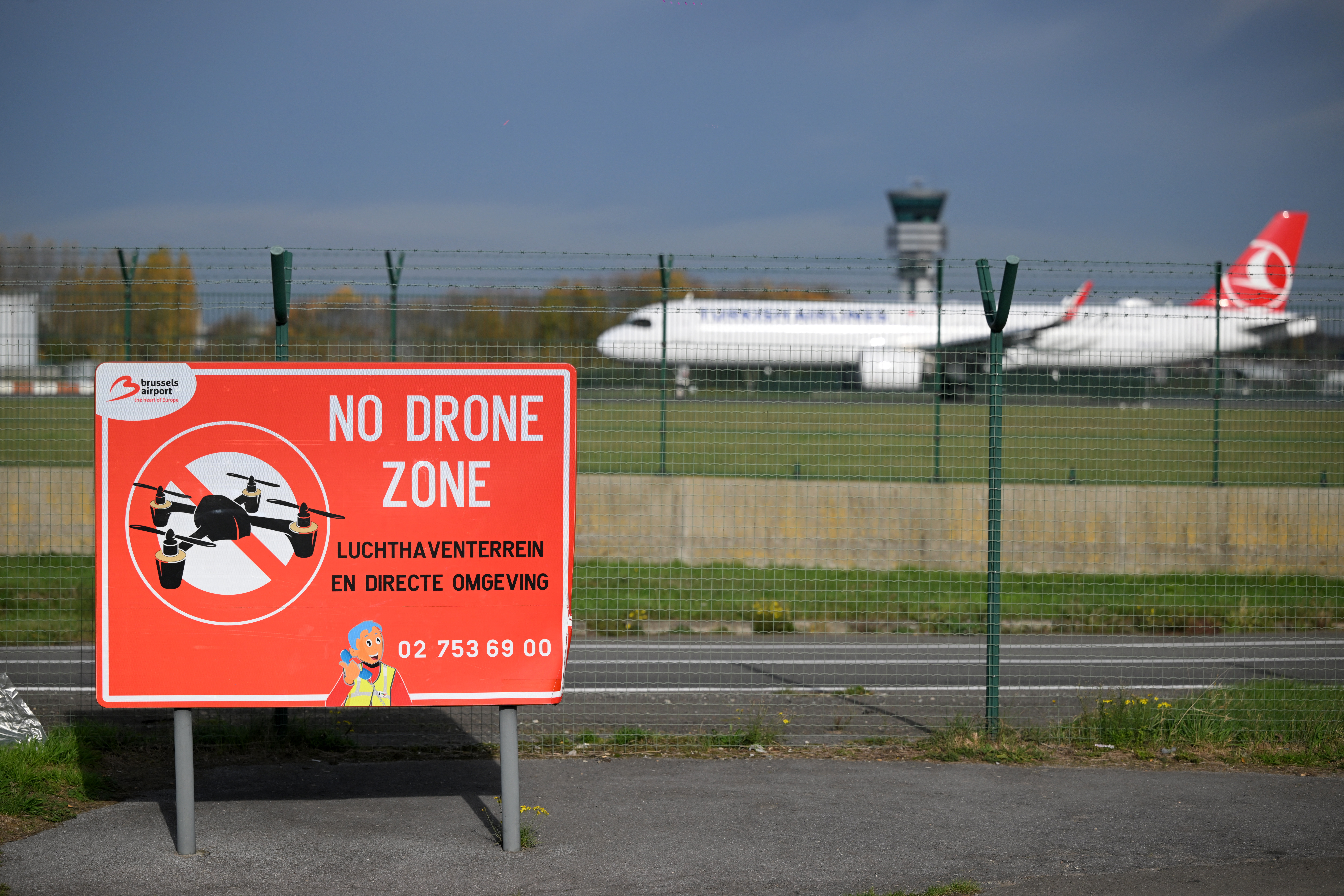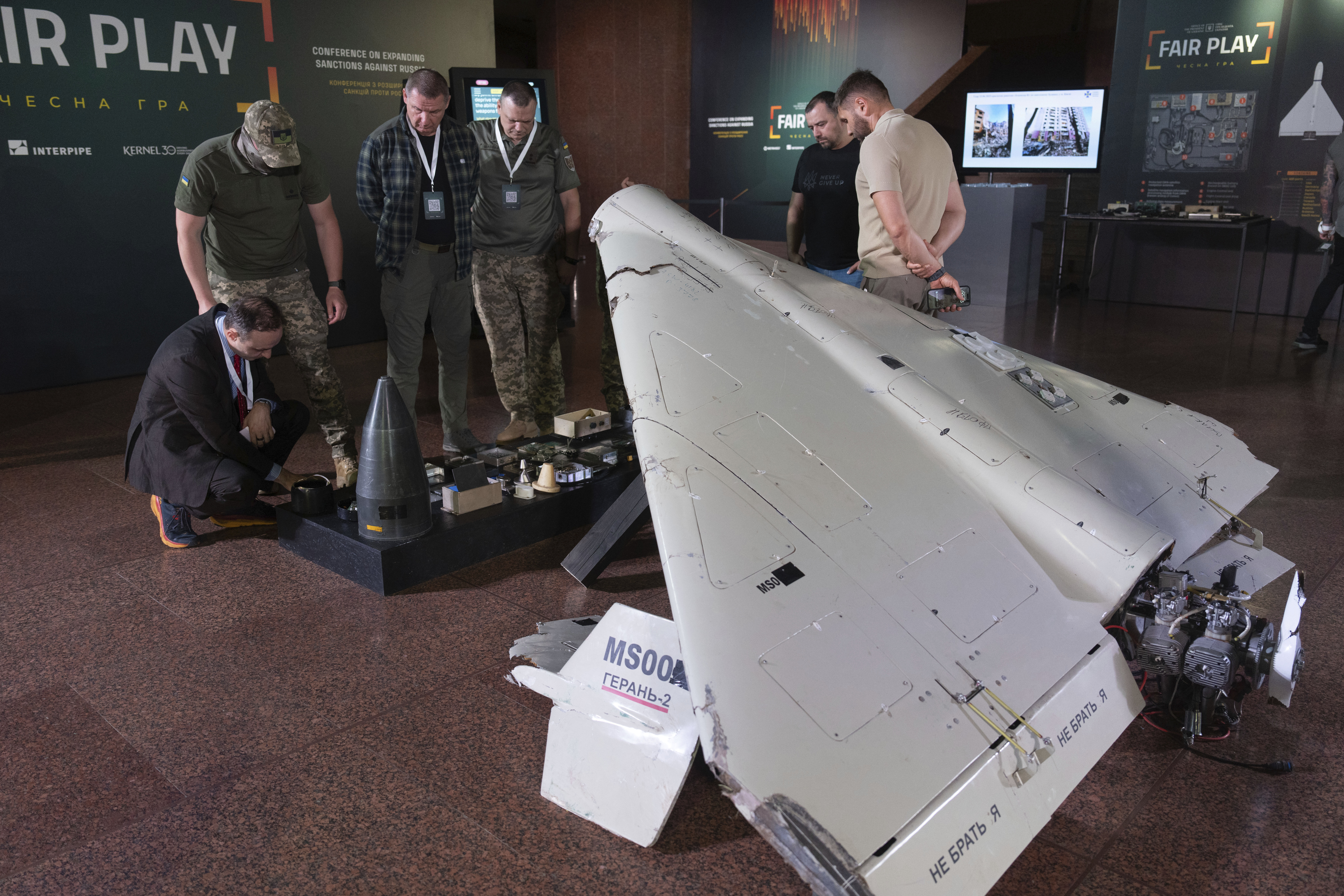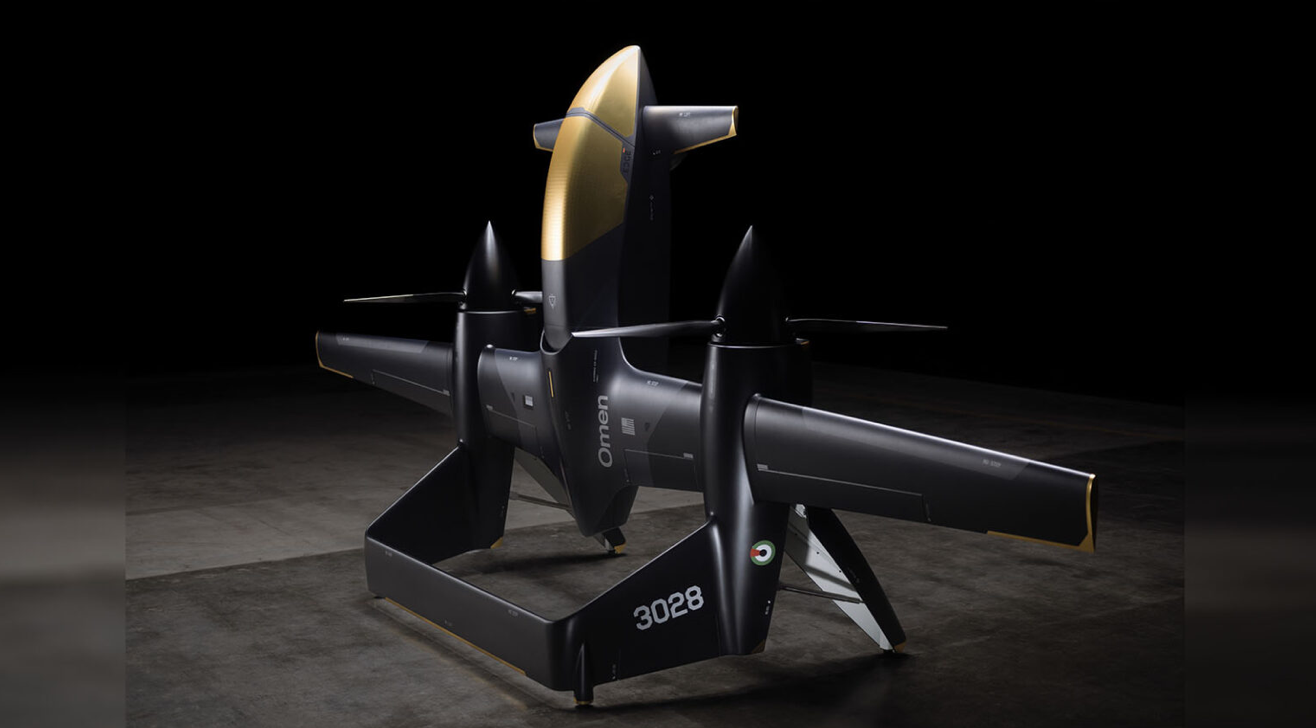
The United States revolutionized air combat with the invention of stealth technology and the low-observable combat jet. Beginning in the 1980s with the F-117 and continuing in the years that followed with the B-2, F-22, F-35, and now the F-47, the evolution of 5th generation and beyond technologies has changed the nature of air combat forever. Yet today, only 28 percent of the Air Force’s fighter inventory are 5th-generation jets.
Given the advances by China, which is rapidly fielding its own 5th generation and beyond aircraft, the U.S. Air Force must grow its 5th-gen fleet—and soon. Today, there is one aircraft in production that can answer that call: the F-35.
The Air Force, Secretary Pete Hegseth, President Trump and Congress must boost F-35 acquisition as rapidly as possible. The omission of additional F-35 funding in the reconciliation bill now before the Senate shows a dangerous disconnect regarding this reality.
The vision for 5th-generation stealth capability developed during the Cold War as a means to counter increasingly lethal Soviet air defenses. The telltales were ominous: In the closing days of the Vietnam War, the U.S. lost 15 B-52 bombers in just 12 days. Less than a year later, Israel lost 102 of its 390 combat aircraft in the monthlong Yom Kippur War, 85 of them American-built aircraft.
U.S. commanders assessing a potential European conflict with Warsaw Pact rivals calculated that a similar loss rate would exhaust the U.S. Air Force’s combat aircraft inventory in just two weeks. As one analyst noted: “It would be a tragedy not merely for the West but for mankind if NATO, after holding its own tactically, were to be faced with the choice of either surrendering or initiating a nuclear exchange because of insufficient reserves.”
The U.S. needed a game-changing advantage, and that’s where stealth came into play.
The revolutionary F-117, the world’s first stealth jet entered the operational inventory in the 1980s. Paired with precision weapons in Operation Desert Storm, they changed the rules of modern combat. The F-117 force flew less than 2 percent of the combat sorties but struck over 40 percent of the fixed targets.
The B-2 bomber soon followed and raised the game even further in subsequent conflicts.
Building on these incredible advances, Air Force leaders packaged stealth with electronic warfare, advanced sensors, increased on-board computer processing power, and advanced communications in the F-22 and F-35 fighters—a collaborative package termed 5th gen. By understanding the combat environment, not just evading detection, 5th-generation aircraft dynamically maximized opportunities while avoiding undue risk.
The combination of stealth and electronic warfare afforded advantages unlike anything ever seen before. Today, other aircraft can achieve parts of this technological equation, but the total integration of these capabilities is what makes 5th-generation aircraft unique.
Enemies can learn to overcome some aspects of 5th-gen technology in isolation, but not the game-changing total package. Just consider what the Israeli Air Force achieved when it struck targets deep inside Iran in 2024: They penetrated some of the most heavily defended airspace on the planet, successfully executed their missions, and all returned safely back to base. Many thought that sort of mission was impossible to survive.
Yet despite the strategic and performance advantage afforded by 5th gen, the United States never bought enough of these jets. The Air Force was originally supposed to acquire 750 F-22s but only ended up with 187. F-35 production was supposed to scale up dramatically in the 2010s, but never did. The original production plans would have provided the Air Force with 800 F-35s by 2020, but it ended up with just 272. That’s why USAF fighters today average a quarter century in age, and why Air Force pilots are increasingly at risk against advanced enemy threats.
There are many reasons for this imbalance. Most tie to inadequate defense budgets. As retired Gen. Herbert “Hawk” Carlisle, former commander of Air Combat Command, explained: “We [thought we had] a brief period where, given the counterterrorism fight and other situations in the world … we could take risk in the fighter force structure and get to 5th generation. We took that risk, we never got to 5th gen, and by the way, the world changed and is significantly more challenging and demanding than … we thought it was going to be in 2010.”
Carlisle is hardly alone in his assessment. Gen. Mark “Grace” Kelly, another former ACC commander, remarked in 2022: “It’s like a bill that comes to your house … for 60 multirole fighter squadrons.”
It’s why Air Force Chief of Staff Gen. David Allvin recently declared: “America needs more Air Force and it needs it now.”
We must heed these warnings. Resetting this glaring air superiority gap will require a multifaceted approach. New operational concepts and capabilities, like collaborative combat aircraft (CCA) and the newly announced F-47 next-generation air dominance fighter, will be key parts of the equation.
But the fastest, most effective way to boost the combat today remains buying more F-35s.
While it is no secret that the F-35 has suffered its share of development challenges, the aircraft are nevertheless the most capable, most affordable, and most effective combat jet in production, costing less than other fighters in production.
Time is not on America’s side. The nation must either take decisive steps to grow capacity now, or accept that we will fall short when a crisis erupts. That risks strategic defeat. Aircraft take time to build. Pilots and maintainers cannot learn their trade overnight.
We must invest now to cultivate the deterrent force America needs to secure peace through strength, or fight and win we must. It is time to get serious about the F-35.
Doug Birkey is Executive Director of AFA’s Mitchell Institute for Aerospace Studies.
The post It’s Time for the Air Force to Embrace the F-35 appeared first on Air & Space Forces Magazine.

Air, National Security, 5th Generation Aerial Target, Air Force, defense, defense news, Doug Birkey, F-35, military, military news, US Air Force, USAF
Air & Space Forces Magazine
Bitcoin
Ethereum
Monero

Donate Bitcoin to The Bitstream
Scan the QR code or copy the address below into your wallet to send some Bitcoin to The Bitstream

Donate Ethereum to The Bitstream
Scan the QR code or copy the address below into your wallet to send some Ethereum to The Bitstream

Donate Monero to The Bitstream
Scan the QR code or copy the address below into your wallet to send some Monero to The Bitstream
Donate Via Wallets
Select a wallet to accept donation in ETH BNB BUSD etc..










